As tourism largely ceased in March 2020, Palawan as the country’s last frontier is emerging in many online platforms as the tourism spot that is expected to bounce back the strongest after the pandemic.
In the recent list of American Business Magazine FORBES, the Philippines is expected to be one of the 7 rising stars post COVID-19. The article that was posted online last May 31 states that “Island destinations like Palawan and Boracay offer some of the nation’s finest white sand beaches, as well as countless opportunities to spot some of the endemic plant and animal species of the Philippines.”
The Department of Tourism (DOT) Facebook page also posted the video taken by two French travel influencers in Coron, El Nido and San Vicente before the lockdown started. Prior to that, the famous “Bato Ni Ningning” in San Vicente was the closing video of DOT’s “Wake Up In The Philippines” campaign last April 25.
With no assurance of regular commercial flights, some hotels and resorts are starting to open in Puerto Princesa this past week. Equipped with DOT certifications, this is expected to ease the effect in the tourism industry as local government and private sectors finalize programs.
During online forum “Alerto Palaweño” of the Provincial Information Office last June 4, Provincial Tourism Official Maribel Buni and Palawan Tourism Council President Rix Rafols, admit that they are still working hand-in-hand on how to finalize the recovery plan of Palawan’s tourism. Comparing tourist receipts in the past two years until March, Palawan lost around P40 Billion. According to Buni, 1 tourist is equivalent to 11 local jobs. Rafols on the other hand stated that based on his research from many sources, El Nido alone has recorded a loss of P190 million to P1b billion already for just first quarter of the year.
“Wala tayong data as of now on how vast or affected tayo, pero nararamdaman natin yan, remember tourism hindi lang yan isang industry, nandyan ang hospitality, you have your food and beverage, meron tayong tourism related establishment like yung tour guide, travel agencies even yung transportation ay affected, kahit yung secondary industries is affected, yung food production,” Rafols said during the live program.
On the part of the Provincial Government, Buni said that the recovery plan is being readied by the Planning Office of the Capitol, some of these are in accordance with DOT programs that should be followed by local government units. Some details that Buni discussed in the said plan is the loan program. They can bridge a certain establishment to financial institutions to start all over again, product development for tourist sites that will cater to both domestic and international tourists, policy checking that covers carrying capacity limits of each site, environmental management fee system and solid waste management. Marketing should also be included even though no tourists are coming. Training for workers and the investing in infrastructure is also considered. “Readiness talaga is important, dapat handa tayong lahat, hindi lang sige lang punta kayo sa amin we are the best island in the world, but we have to look at the carrying capacity lalo na ngayon we have to observe protocols set by Department of Health, DOTR and other government agencies,” Buni said.
Rafols believe that we are still in survival stage that can last in the next 12 months. Although agriculture is said as the available option we have now, many tourism workers are not capable of doing it. It is also a good thing that local BPO/call center company was able to save and hired displaced tourism workers in Palawan. “Ang pinaka problema natin sa recovery plan ay hindi siya fit for all, tourism encapsulates more industries, ang idea nito per recovery plan is base per industry, or per capacity, ang pinaka maganda dito nag aayos pa tayo, more on suggestions on how to do the recovery plan.”





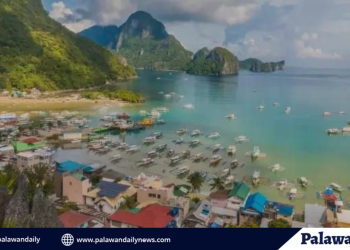

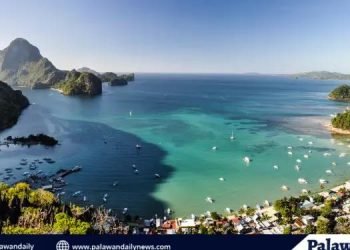
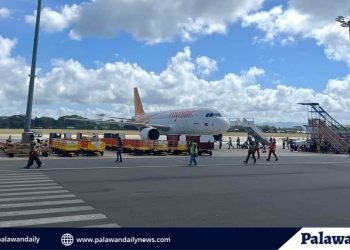
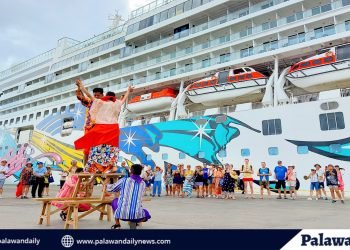
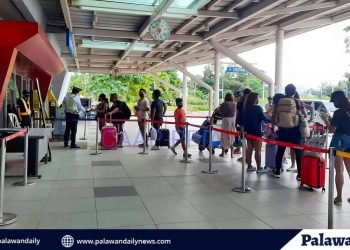









Discussion about this post